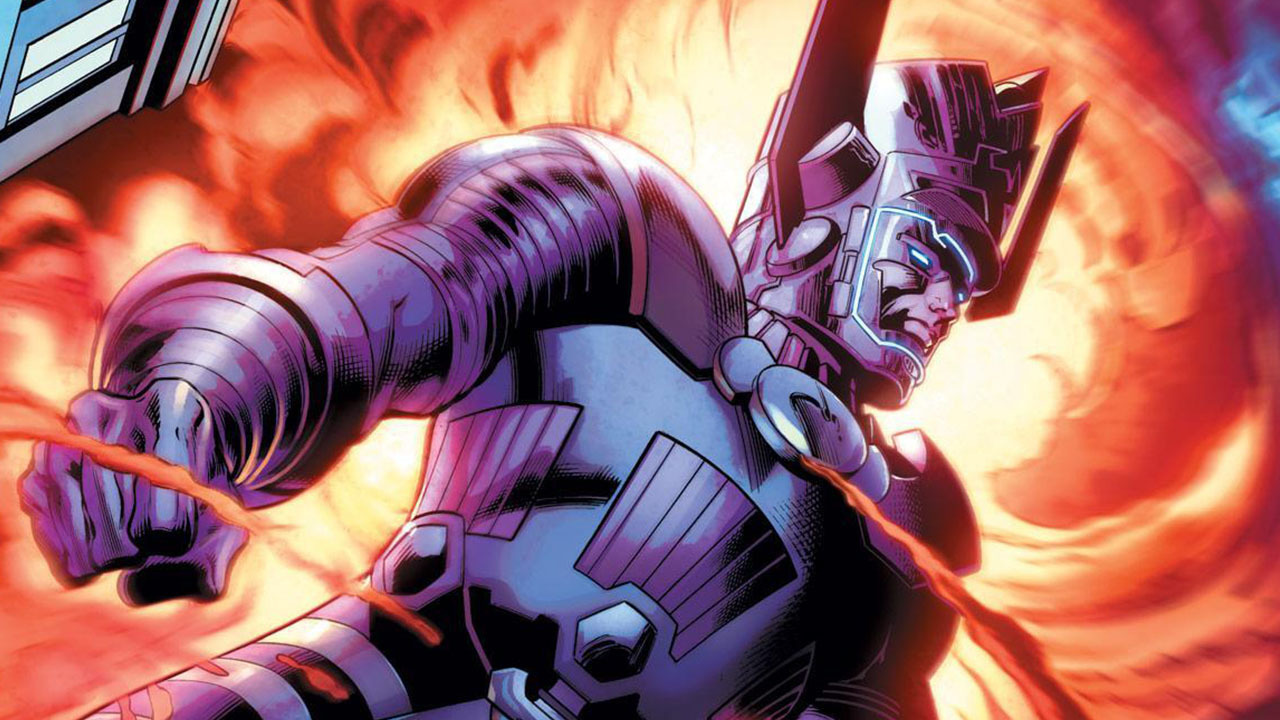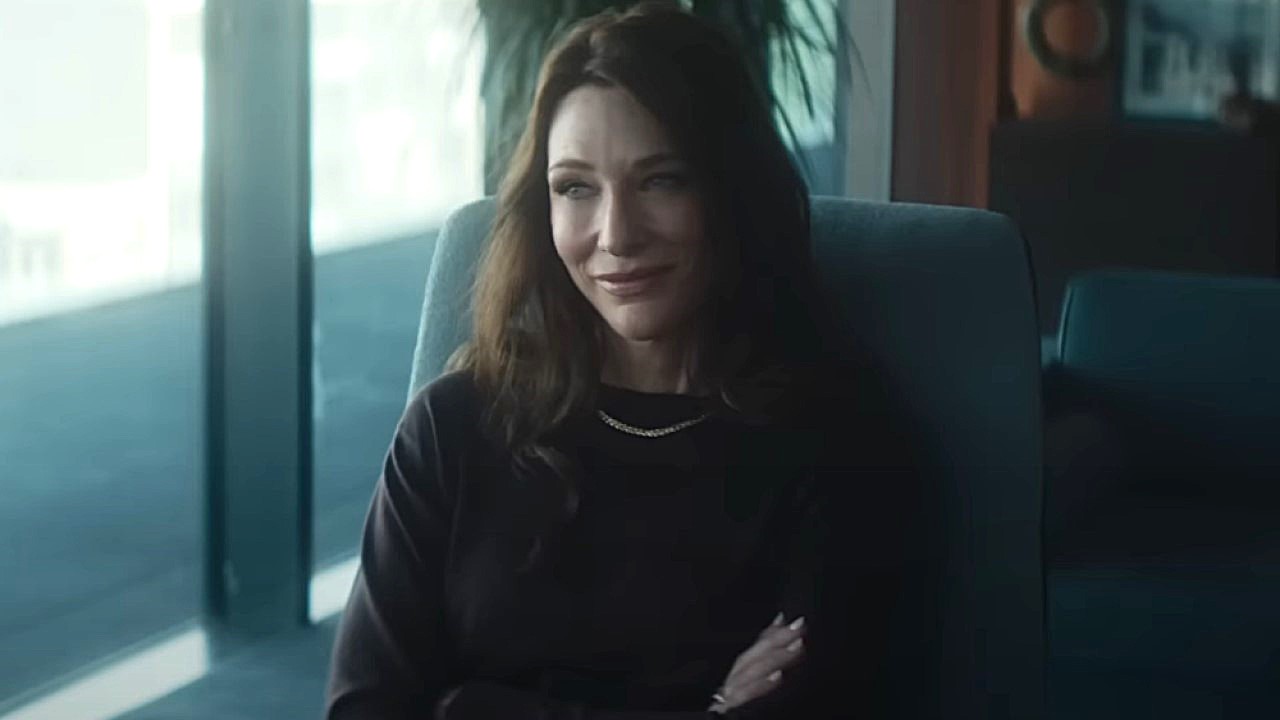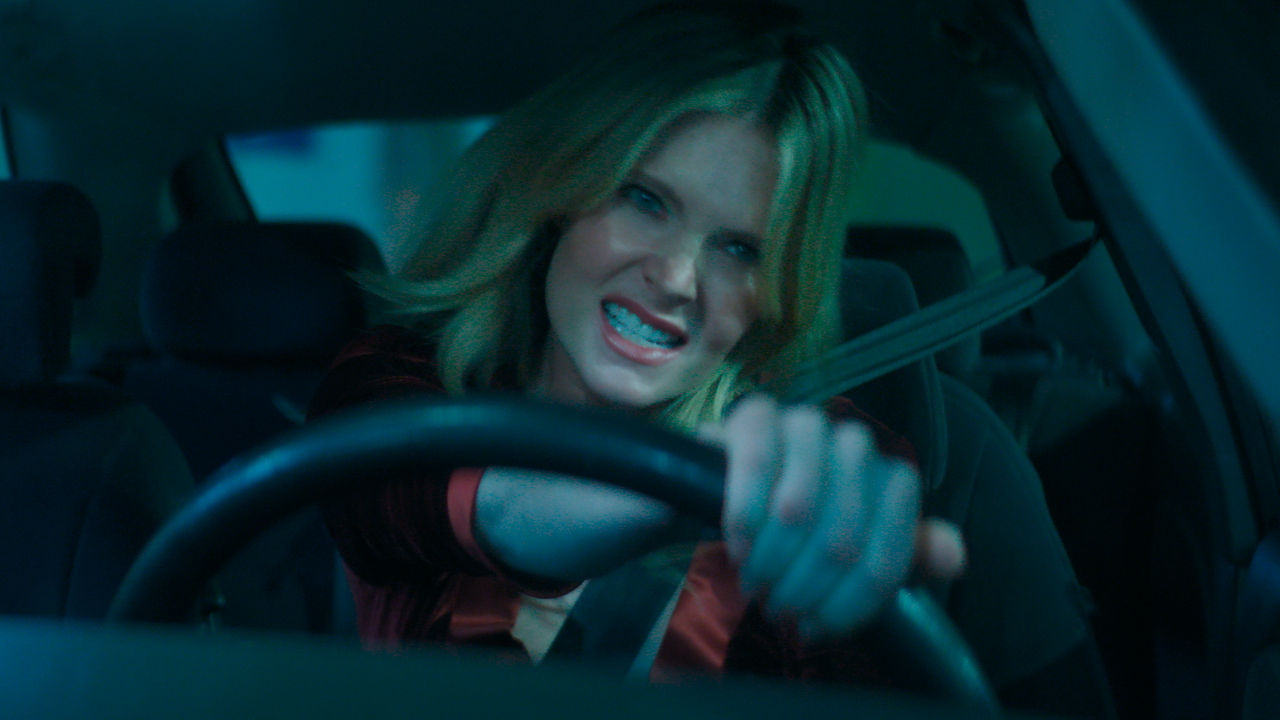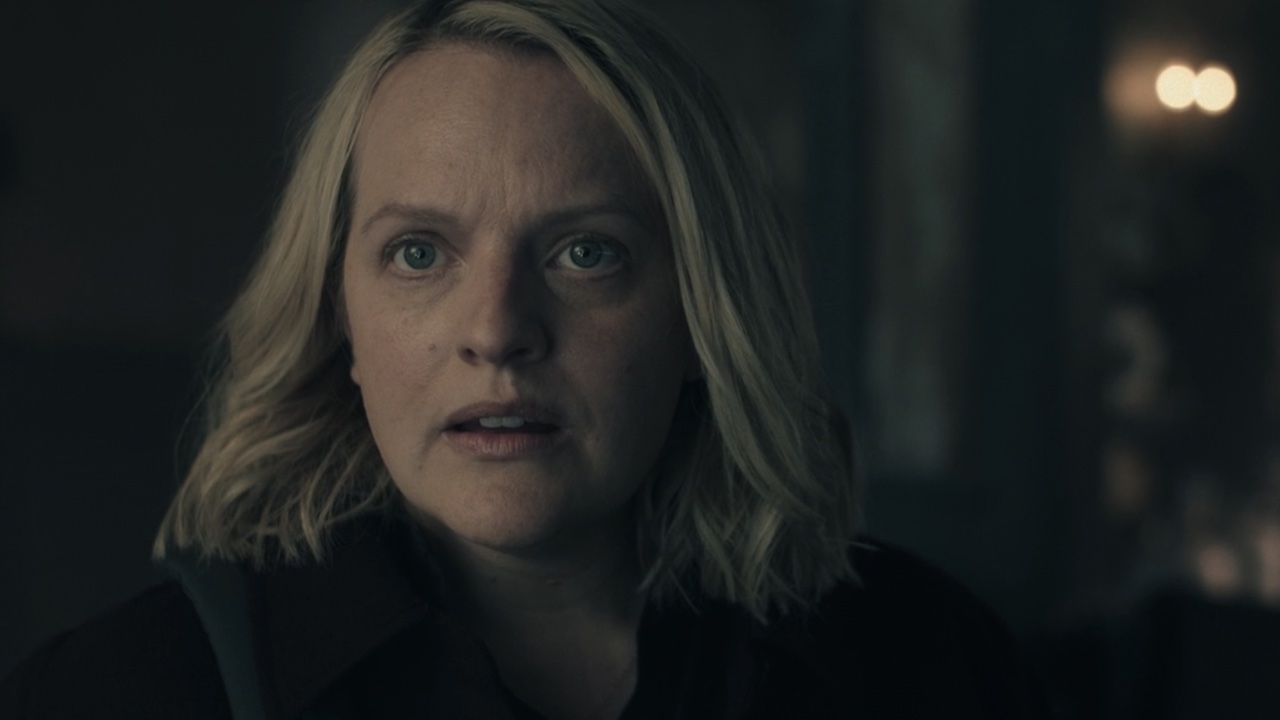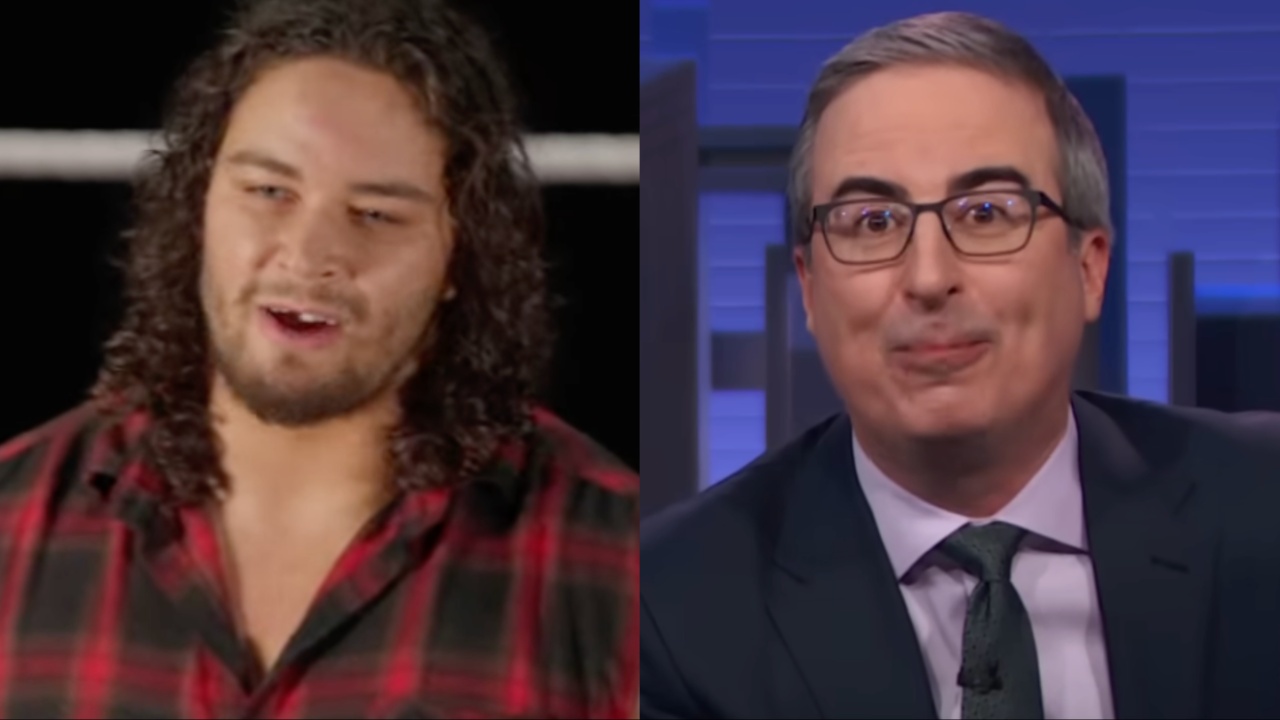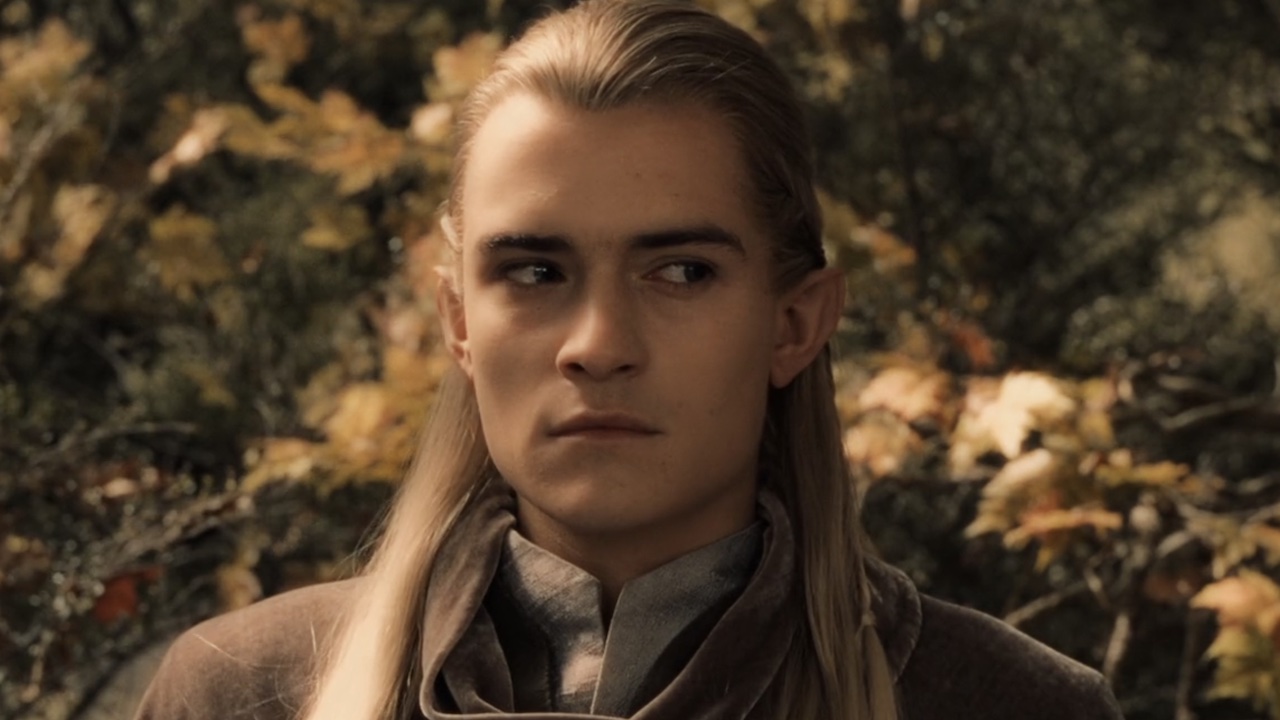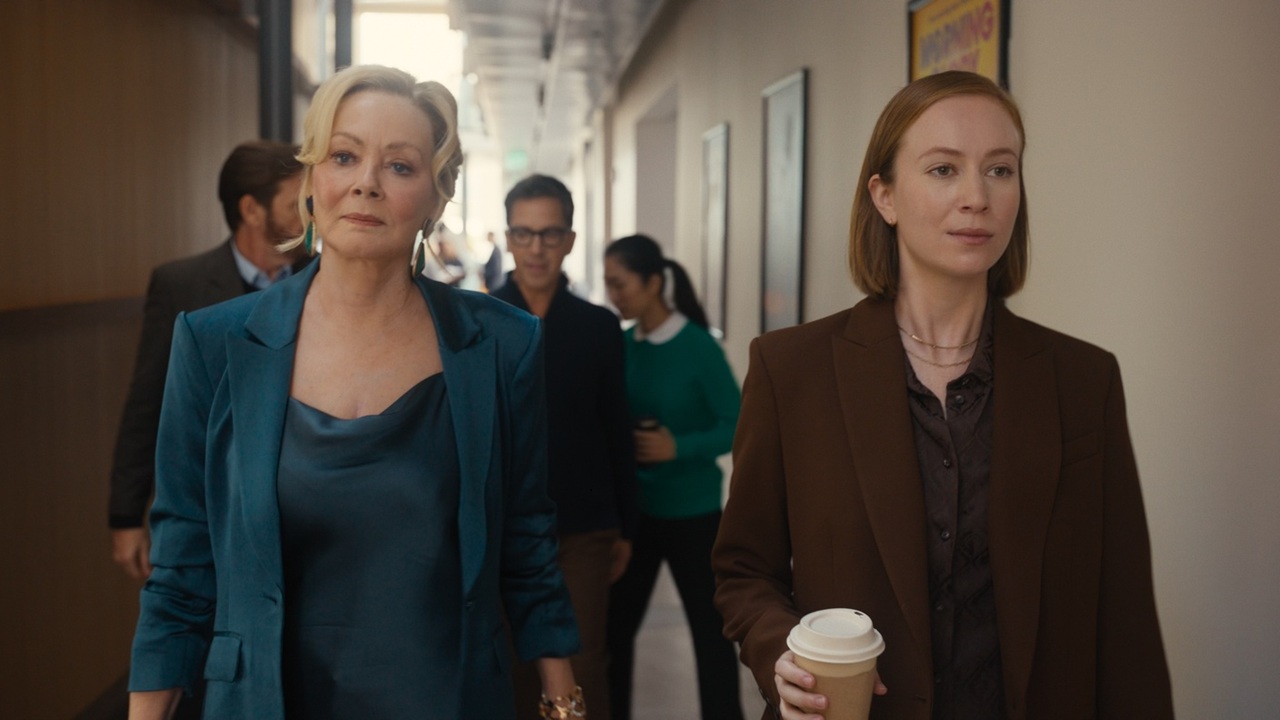The Hobbit's Visual Effects Supervisor Talks Gollum's Makeover And James Cameron's Input On 48 fps
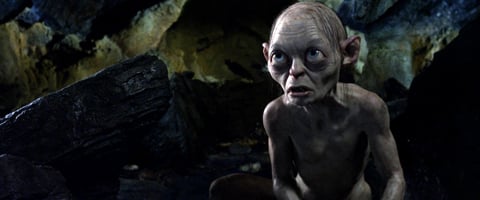
When The Fellowship of the Ring arrived in theaters in 2001, it was a landmark for seemingly every kind of visual effects. There were the sweeping New Zealand vistas altered to look fantastical, there were the hobbit feet and hair that felt completely natural, there were the tricks to make Ian McKellen look 8 feet tall-- and the piece de resistance, Gollum, a fully CGI character who felt totally real. Over the course of the trilogy, visual effects supervisor Joe Letteri-- now the head of Weta Digital-- won two Oscars, and went on to win two more for King Kong and Avatar. But if he's nervous at all about returning to Middle Earth after 10 years of technology innovation, he sure doesn't show it.
In fact, he's proud to point out that while Gollum looks exactly the same as he did during his encounters with Frodo 10 years ago, "underneath he's completely different." Both the complex digital software to create Gollum and the actual equipment used by Andy Serkis have changed drastically in the last 10 years; as Letteri describes it, when they used motion capture to create Gollum the first time around it was "basically a science experiment," and "no one knew you could use [motion-capture] successfully to create a character for film." Since that "science experiment" Letteri and Serkis have partnered to completely transform our understanding of motion-capture, creating characters like King Kong, The Adventures of Tintin's Captain Haddock, Rise of the Planet of the Apes's Caesar, and now, once again, Gollum.
"What was great coming back to it is it really was a homecoming," Letteri said at the press day last week. "We were looking forward to doing Gollum again. In this business you don't often get to go back and revisit a character." But he's careful to note that neither he or Jackson has any desire to go back to the original films and tweak how Gollum looked, updating the character with modern technology: "It existed as its time, that's who he is, and it still feels right."
And anyway, Letteri had the change to play with plenty of new technology on The Hobbit, including the addition of 3D to Middle Earth, which created a surprisingly big challenge in trying to get the band of dwarves to look significantly shorter than Ian McKellen's Gandalf. On Lord of the Rings they could use forced perspective, essentially standing McKellen closer to the camera to make him look taller, but in 3D that was impossible, so they had to get creative:
When you put the glasses on, you realize how far apart they are. That trick no longer works. We came up with this idea, especially because we wanted to keep the cameras moving, to synchronize two cameras together on two separate stages. Gandalf was on one stage, the dwarves were on another stage, Peter could see them both in his monitor together and direct both of them, but they both had to keep in their heads where this other virtual person was going to be.
Letteri also played a pivotal role in the decision to film in the much-discussed 48 fps high frame rate format. Letteri and Jackson first started discussing it back in 2005, before King Kong came out, when the two met with James Cameron to talk about the format's potential. At the time it didn't seem ready, but once Cameron saw King Kong he brought in Letteri to work on Avatar-- and the 48 fps conversations continued from there. Even though the high frame rate allows the audience to see the visual effects much, much clearer than they can in regular 24 frames, Letteri promises it didn't change the work he did in creating the film's CGI characters:
Our whole idea is just to put as much detail, to make the fantasy as real as possible. That obviously happens in the live-action, it happens in what we do because we're trying to match and fit into that world.
Letteri has been part of the digital effects world since essentially the beginning-- the first feature film he worked on was Star Trek VI: The Undiscovered Country, which features a massive planetary explosion that couldn't be done practically. The research Letteri was doing into the movement of water and clouds allowed him to accurately recreate a fireball as well, and believe it or not, that research led directly into his work on Jurassic Park, using the same patterns of smoke and water movement to create authentic dinosaur skin. Letteri says Jurassic Park was the first time he realized that digital effects could become the powerhouse they are today, and it was only a few short years later that he was at work on Gollum, a character that would change both his life and the industry.
In The Hobbit: An Unexpected Journey you'll get to know a few more all-digital creations from Letteri, including the vicious Orc Azog the Defiler, the group of hungry mountain trolls who attempt to cook the dwarves, and most memorably, the Goblin King voiced by Barry Humphries. All goblins are fairly gross-looking, but the Goblin King has a huge, disgusting something hanging from his neck, looking like a scrotum or a goiter depending on how you look at it. Letteri says capturing something that visceral and gross in digital animation is one of the biggest challenges they've faced, yet another example of how digital effects have moved forward to create things even Letteri might not have thought possible a decade ago. He and his team looked at real-world examples to create the Goblin King's memorable neck, and though Letteri couldn't remember exactly what, he admitted whatever it was, "after a while you didn't want to look at it anymore."
CINEMABLEND NEWSLETTER
Your Daily Blend of Entertainment News
The Hobbit: An Unexpected Journey is in theaters everywhere this weekend.
Staff Writer at CinemaBlend
'You Feel Like You’re On The Team With Michael Jordan.': The Handmaid's Tale Cast Shares What It's Like Working With Elisabeth Moss As She Directs, Stars, And Produces
'It's Either Good News Or Bad News': Watson Stars Celebrate CBS' Early Season 2 Renewal, But Fans Should Prepare For Trouble


